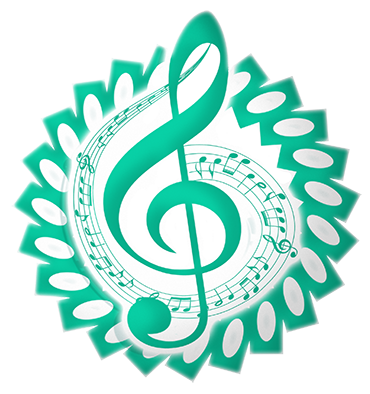Recording a Huberty Viola d'amore Duo

This week (or bleeding into next week...), I'm hoping to complete a recording of the first movement (Adagio) of a Huberty Viola d'amore duo that I had heard about over the last summer. Getting the music has been a little bit tricky, as there is only a single original existing copy of the duo in the world, in the US of all places!
However, I met someone over the summer who did publish a book on these Huberty duos and solo sonatas... in the book, she included scans of the original. I have written to the library in the US so see if they can make scans for me of the original, but it appears that the US is preoccupied with domestic things in the last few years.
Anyway, if the library can't manage to do that, then I guess I will buy the book... it's not cheap though! However, the women who wrote the book was nice enough to forward me scans of the duet at least, so I have something to play from!
It is quite difficult to learn a duo piece when you can only play one part at a time. It is like having only half a conversation written down... you miss the nuance and intention of the music (a bit like how the internet works at the moment, with all the meaning and intention missing from written words as opposed to when you actually talk to people!).
Normally, that wouldn't be a problem as I can hear multiple parts in my head from looking at the music (it's not crazy... everyone does the same with words!... I hope...), and decades of playing this sort of Baroque music gives you some intuition for the language. However, the problem with d'amore music is that it is written in scordatura, so the notation is NOT the sounding pitch, but a fingering chart instead. So, it sounds NOTHING like it is WRITTEN!
Usually, when you play with someone else in real time, that isn't a problem... as you are listening and reacting. For this problem, I had recorded first the Prima part (first part) with what I thought was the idea of the piece... and then played along with the Seconda part (the bass part which largely determines the harmony). Mostly the ideas were right, but there were a few moments where it was a little different to what I had expected.
With the idea of the complete piece in my head, I recorded the Seconda part by itself last night... to lay down a template to record a proper version of the Prima part today or tomorrow.

Luck was against me this morning however... a badly frayed string gave me a tough choice. Replace the string now and let it stretch and settle in pitch over the day (delaying the recording).... or leave it as it was and risk it snapping.
I ended up changing it, as the fraying was too bad... plus, it was catching the bow hairs as the bow went past and pulling it out of line! It's hard to play well when there is a little tug to the side!

Meanwhile, whilst the string was settling... I practiced the Prima part with the the template Seconda part running over headphones. I noticed that there were a few spots where the time could be stretched out a little bit... the sort of tiny nuance that you notice in speech as well, little minute changes and inflections in tempo and regularity that makes us not sound like robots!
Most of the template was fine, so I just ended up stretching the time a little bit in editing. Tiny little things... generally a less than 3 percent stretch on a 0.5 second moment of time... Makes a big difference!


Account banner by jimramones


Your post has been supported and upvoted from the Classical Music community (Subscribe at peakd and Steempeak) as it appears to be of interest to our community. We also support jazz and folk music posts!
If you enjoy our support of the #classical-music community, please consider a small upvote to help grow the support account!
You can find details about us below.
The classical music community at #classical-music, Peakd, Steempeak and Discord. Follow our community accounts @classical-music and @classical-radio or follow our curation trail (classical-radio) at Hive Vote or SteemAuto!